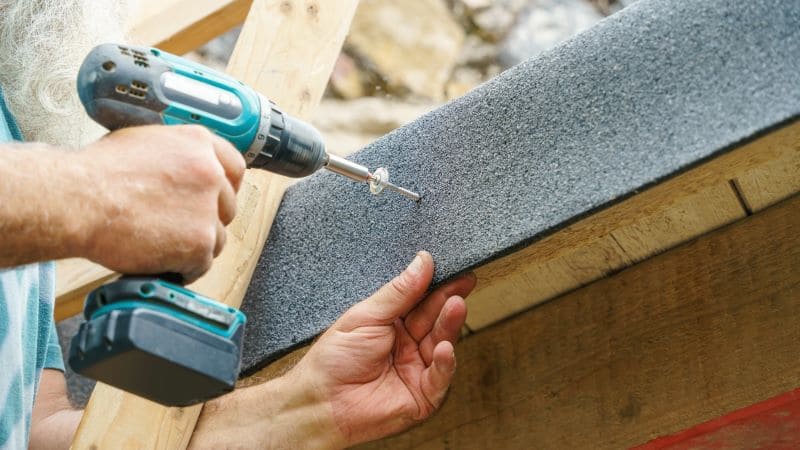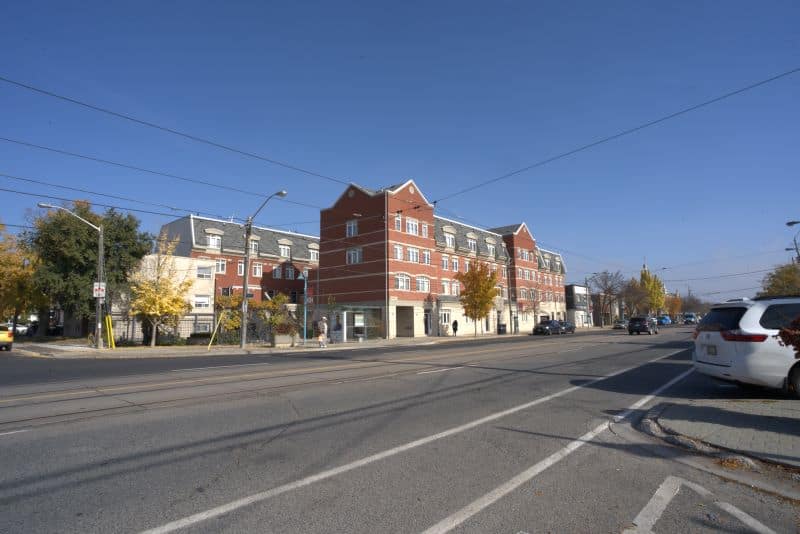Winterizing your home this time of year is an important task to ensure that your living space remains comfortable and cozy during the colder months. It’s a great opportunity to focus on preventive maintenance and make sure that your home is in prime condition. Whether you have a detached house or a smaller dwelling, taking steps to winterize your home can give you peace of mind and ultimately save you money in the long run.
Check and Insulate Windows and Doors:
Windows and doors are common areas for heat loss. Check for drafts and seal any gaps or cracks with weatherstripping or caulking. Consider using plastic film insulation for windows to add an extra barrier against the cold. Installing storm windows and doors or adding insulating curtains can also significantly improve energy efficiency.

Inspect and Maintain Heating Systems:
A well-maintained heating system is crucial in winter. Before the cold sets in, have your furnace inspected by a professional. Replace filters regularly and consider upgrading to a programmable thermostat to regulate temperature efficiently.
Protect Pipes from Freezing:
Frozen pipes are a common issue in winter. Insulate exposed pipes and consider letting faucets drip during extremely cold nights to prevent freezing. Shut off exterior water sources and drain any outdoor hoses to avoid damage.
Roof and Gutter Maintenance:
Ensure your roof is in good condition to withstand heavy snow. Clean gutters to prevent ice dams from forming, which can lead to water damage. Consider installing gutter guards to keep debris out and allow for proper water flow.
Seal Cracks and Insulate Attic:
Inspect your home for any cracks or gaps, especially in the attic. Sealing these areas prevents cold air from infiltrating your home. Additionally, adequate attic insulation can significantly reduce heat loss and lower energy bills.
Chimney and Fireplace Inspection:
If you have a fireplace, have the chimney inspected and cleaned annually. A clean chimney ensures proper ventilation and reduces the risk of chimney fires. Install a chimney cap to prevent debris and animals from entering.
Outdoor Maintenance:
Winterize your outdoor spaces by storing patio furniture, covering your AC unit, and trimming tree branches that could potentially fall on your home due to heavy snow or ice.
Emergency Preparedness:
Prepare for power outages by having emergency supplies on hand, such as flashlights, batteries, non-perishable food, and blankets. Consider investing in a backup generator for prolonged outages.
Programmable Thermostats and Home Automation:
Using programmable thermostats or smart home systems allows you to control your home’s temperature efficiently. You can set schedules to lower temperatures when you’re away and raise them when you’re back, saving energy without sacrificing comfort.
Professional Inspection:
Consider hiring a professional home inspector to assess your home’s winter readiness. They can identify areas that may need attention and provide specific recommendations tailored to your home.
Conclusion:
Preparing your home for winter requires a professional and proactive approach to ensure a warm, comfortable, and cost-effective atmosphere throughout the cold season. These measures can prevent damage, reduce energy bills, and establish a sense of security. It is important to remember that every home is distinct, so please use the following tips as a starting point and customize them according to your unique situation and needs. Please be safe and stay warm this winter!
Let me know if you have any good winterizing tips. Contact me today.
